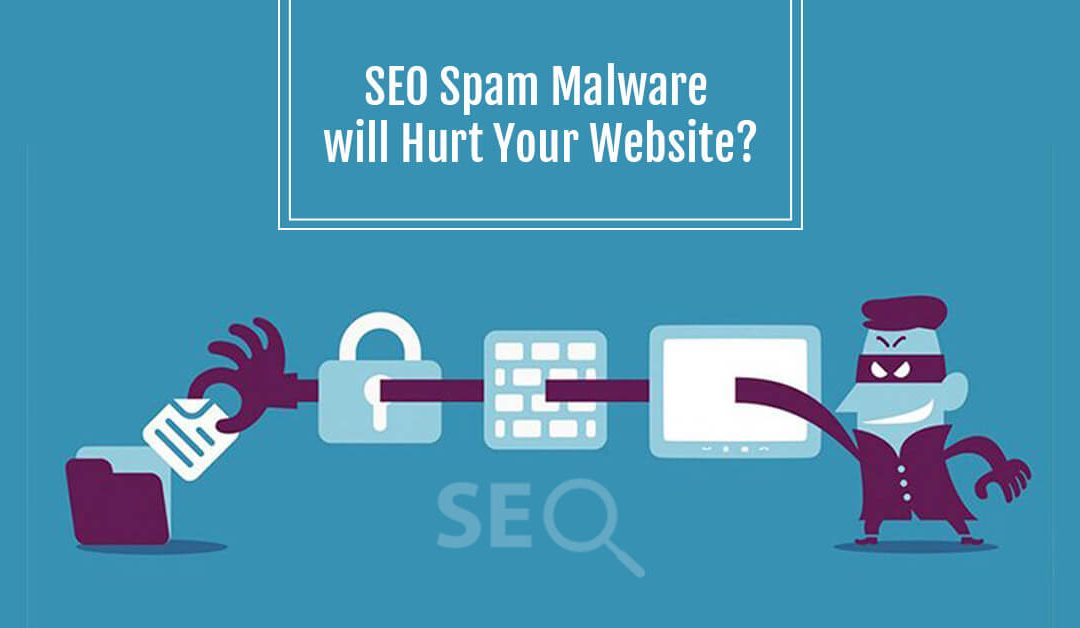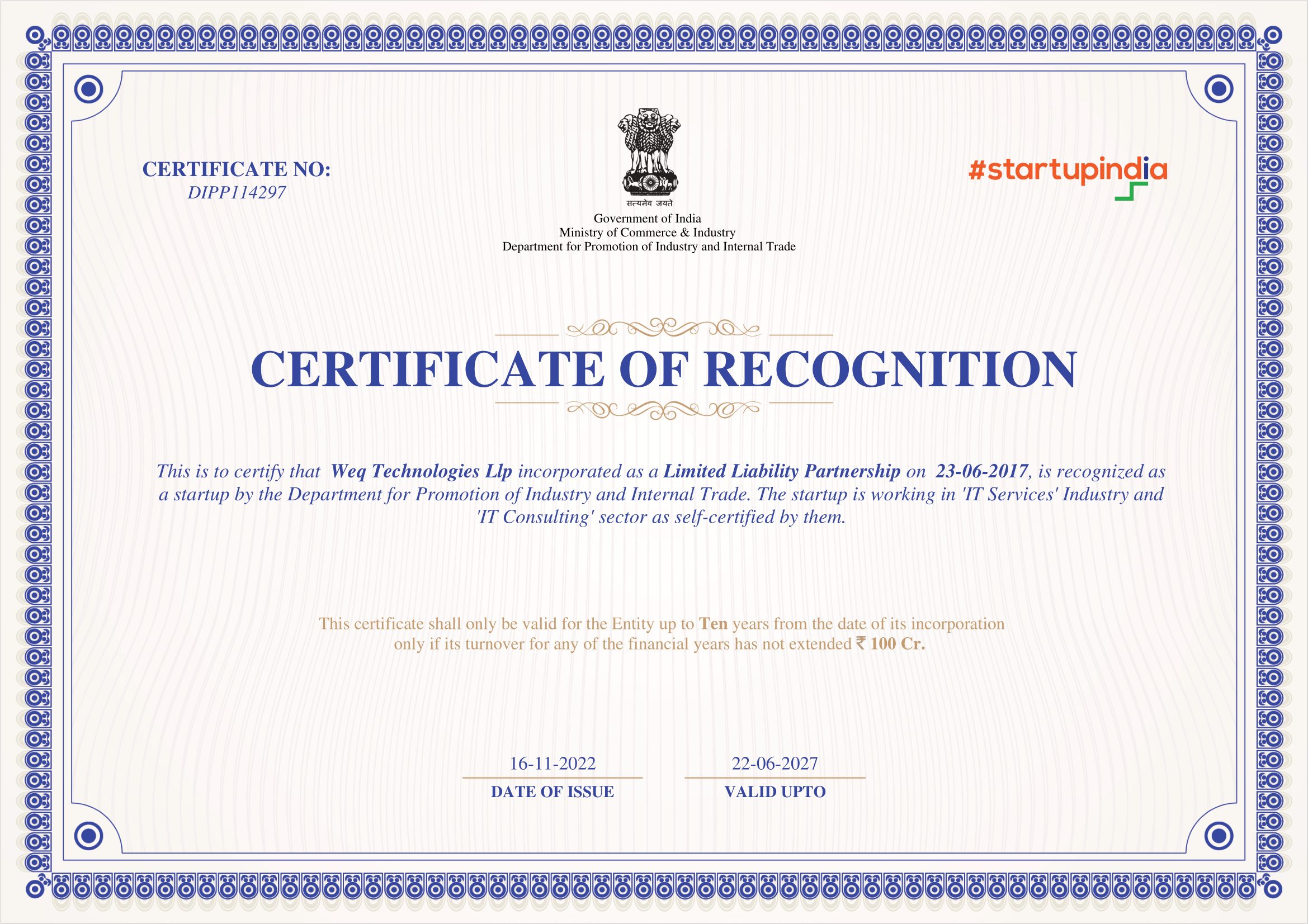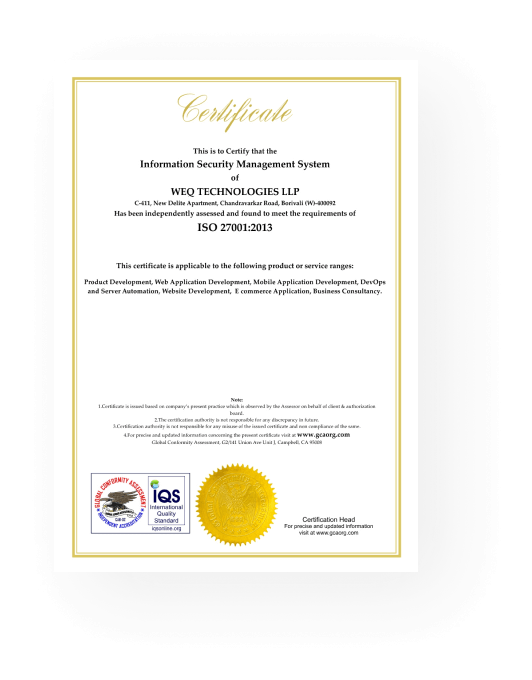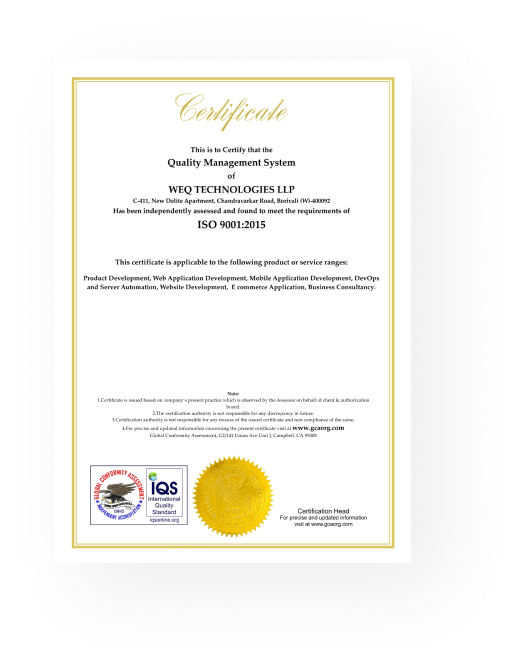Websites are often prone to malicious code, hacker attacks and spammy content injections. Almost half of the attacks involving SEO spam are on WordPress website. This is because WordPress is one of the most popular content management system and a lot of small business owners prefer WordPress websites.
Badly secure WordPress website are easy prey for attacker. Vulnerabilities in plugins, themes and WordPress framework are used by attackers to gain access into the website and plant their malicious code into the website.
What is SEO Spam?
SEO spam or also called as spamdexing uses a variety of techniques to insert links and unintended content on other people’s website. The spammer does this to improve ranking for its own website.
To understand this attack, let’s understand how SEO operates. SEO is the work that goes into your website to help you rank higher when customers search for relevant terms to find your business online. SEO is based upon the keywords use in your content and backlinks to your website for those keywords.
So attacker performs SEO Spam by injecting unwanted links and keywords on your website. This causes your website to be picked up your irrelevant keywords and ranking for your keywords dropped out of SERP results.
Mostly the attacker injects ads into the website to gain increased impression on the ads. Such ads are usually based upon impression and not conversion, so the attacker is happy as long as the links and content are present on other people’s websites.
For example, suppose Realtor consultancy firm’s website experienced SEO Spam, it could soon stop showing up for relevant keywords because search engine will pick up the spammy keywords from the injected code on website. This would knock out the website’s rank for relevant keywords.
The most common SEO spam techniques include:
- Inserting links into existing pages on a website
- Creating new pages full of links and spammy content
- Redirecting pages on your website to their other websites
-
Hosting spam content
Check Your Site for SEO Spam Malware?
How to find out whether your website is infected with SEO spamdexing malware, that can be understood by checking your website for certain clues.
- As SEO marketer, check the analytics for suspicious spike in traffic or ranking for keywords.
- Look out for unknown page urls being shown in the analytics dashboard.
- Signup for Google Search Console (Webmaster), google will automatically mail you if your site is found to be comprised.
- Install security and monitoring plugin on the website. For WordPress, All in One Security, WordFence and Succuri are the most reliable security plugins.
Clean Your Website
Once you have found out about the malware, the next step in to start the website cleanup. Contact your website developer and ask to remove all the traces for malware from your website. Ask him to check for header & footer of the website, this is the most common place to add malicious code.
Your work doesn’t stop with website cleanup, you will have to re-submit your website for indexing. Incase google has flagged your website for hacked content “this site may be hacked”, then submit the website for review to google.
Let the experts handle it! We at WEQ Technologies have worked upon hundreds of wordpress websites. We can recover your website’s hacked content and perform full cleanup of site. Our SEO experts will even take care about the google and remove the unwanted links from SERPs.
Sahil Shaikh
Digital Marketer
Digital Marketer & Analytics Dashboard Expert at WEQ Technologies. Working on Voice search and SEO, analysing future impact based upon voice search.




